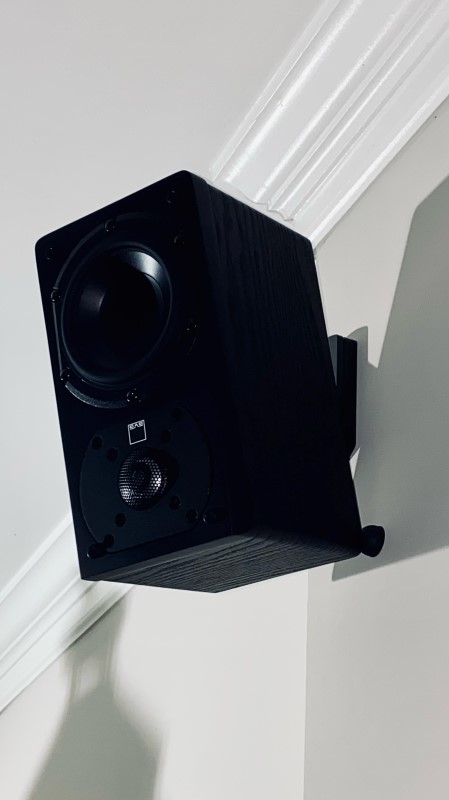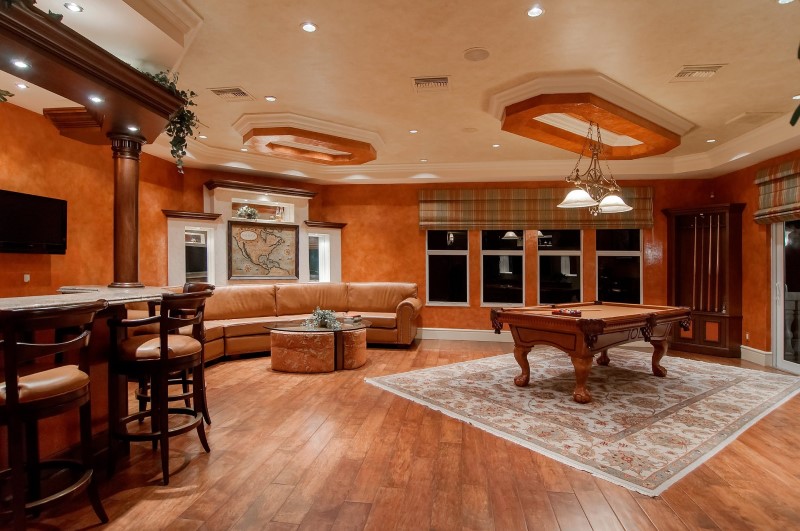When Enough Air Is Not Enough: Why Is Your AV Receiver Overheating
Your AV receiver is overheating. It goes into protection mode and is very hot to the touch. Way too hot if you are being honest. You’ve checked all the normal stuff and you are sure (check the speaker wires again) that you’ve eliminated the typical culprits. Your receiver has plenty of space around it. You’ve checked your speaker wire. Why is your AV receiver overheating? Let’s discuss!
Listen, it Really is Probably a Speaker Wire
We know you checked and double-checked everything. Check it again. Most of the time it is a stray speaker wire that is shorting and causing your receiver to go into protection mode. Yes, your AV receiver is hot, but is it really overheating? How do you know when you never felt how hot it got before it started going into protection mode? Maybe that’s the normal operating temperature.
Reasons Your AV Receiver is Overheating
Let’s assume you are correct that you are having no issues with speaker wires or video processing (two of the main reasons for protection mode and excessive heat respectively). What could be other reasons for excessive heat and what are the potential fixes?
Speakers
We’ve talked about speaker impedance before. If you have mated low-impedance speakers with an AV receiver that doesn’t have a robust amplifier section, you’ll run into overheating issues. Your speakers will be pulling so much power from your AV receiver that it will cause it to overheat. In the same vein, turning your receiver up too high (past reference level) or running them full range will do the same.

There are a few possible solutions (all of which will work). First, if you simply reduce the volume, your speakers will require less power and your AV receiver will generate less heat. Problem solved! If you want to keep the same volume, you can either get more efficient speakers or move your current speakers closer to your listening position (our your couch closer to your speakers). Both will increase the relative volume while requiring less power from your AV receiver. Lastly, you can invest in external amplification. This will offload the amplification duties to an amp with more power. Of course, you’ll need an AV receiver with pre-outs for this option.
Room
Many times, the problem with your AV receiver overheating isn’t the receiver or speakers, it is the size of your room. Because of the shape and layout of your room, you’ve ended up with your speakers very far away. Your system which worked very well in a smaller room is now struggling in a larger space. This is common. In most cases, moving the speakers closer or getting larger speakers isn’t an option.

There are two main solutions to this situation. If you can, invest in larger subwoofers. Larger subwoofers will be more capable and will be able to play both louder and higher. This will allow you to set your crossover higher. Offloading more of the bass to your subwoofers will reduce the load on the amp section of your AV receiver. This will reduce heat and prolong the life of your receiver. The other solution is to upgrade your speakers to some that are more efficient.
AV Receiver
If your AV receiver is overheating out of the blue without you playing it overly loud or making any other changes to your room/speakers, what could be the cause? What might cause your receiver to get overly hot when you haven’t changed anything? Dust. If you haven’t cleaned your AV rack in a while, now’s the time. Get in there with compressed air or a vacuum cleaner (or both) and clean out both the outside and inside of your AV receiver. This is a more common problem than you think.
Have you had overheating problems? What did you do you fix it? Let us know in the comments below.


